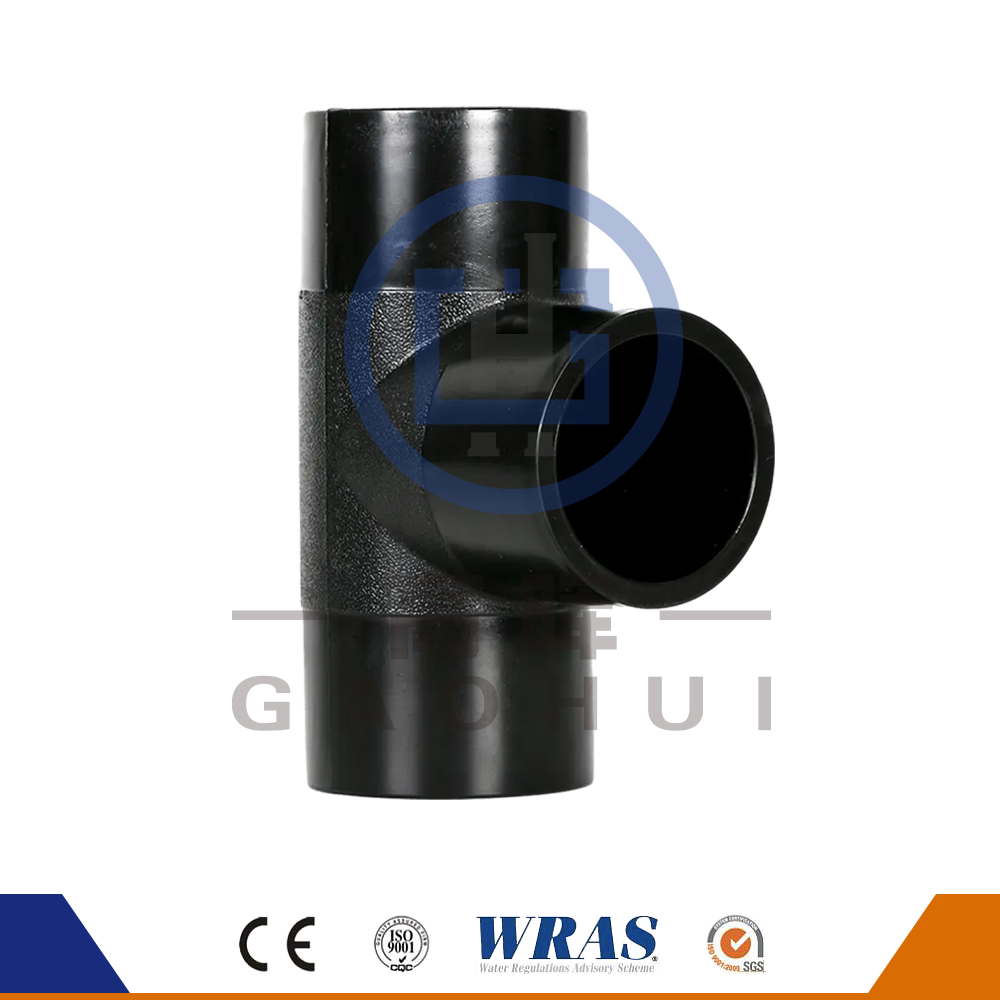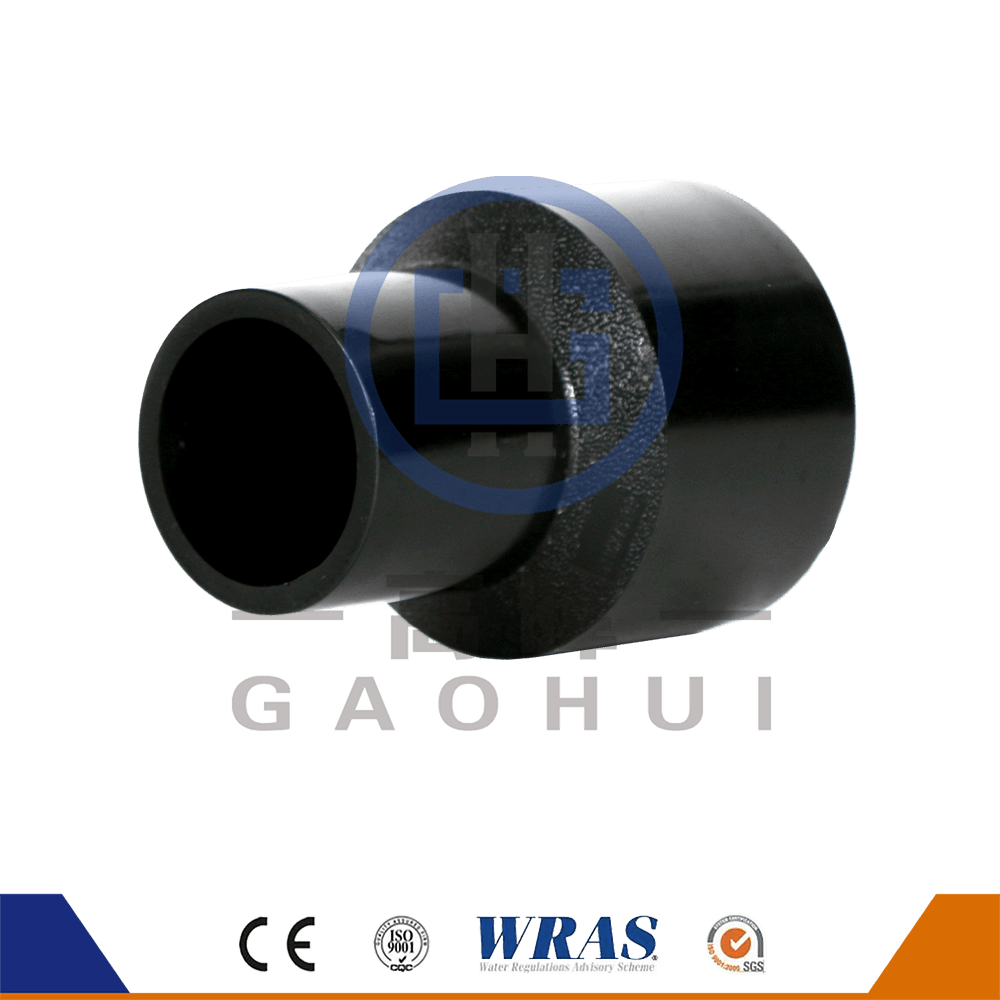In modern pipeline installation projects, how to improve construction efficiency, ensure quality and reduce long-term maintenance costs has become the key to project success. With the continuous development of technology, Butt Fusion Elbow Bend technology has gradually played an important role in pipeline installation. Especially in situations where the pipeline system requires bending connection, Butt Fusion Elbow Bend technology can not only improve the connection quality, but also optimize the overall installation process.
Overview of Butt Fusion Elbow Bend Technology
Butt Fusion technology is an efficient and reliable pipeline connection method suitable for thermoplastic pipes such as PE, PP and other materials. The principle is to heat the contact surface of the pipe and the fitting to a certain temperature, and then use the crimping force to weld the two parts together to form a firm and seamless connection. Compared with traditional mechanical connection methods, Butt Fusion Elbow Bend technology has higher strength, good sealing and longer service life.
Elbow Bend is a key component used to change the flow direction of fluids in the pipeline system and is widely used in industrial pipelines. By using Butt Fusion technology to connect elbows and pipes, the reliability and durability of the system can be greatly improved.
Advantages of Butt Fusion Elbow Bend Technology
In pipeline installation, choosing the right technology can greatly affect the quality, cost and construction period of the project. The following are several major advantages of Butt Fusion Elbow Bend technology, which provide strong support for optimizing the pipeline installation process:
1. High-strength connection to ensure pipeline stability
Unlike traditional threaded or flange connections, Butt Fusion technology integrates pipes and elbows through hot welding, eliminating joint gaps and weaknesses, and the strength of the joint is almost equivalent to the pipe itself. This high-strength connection can effectively resist the pressure and external force of the pipeline system, ensuring the stability of the pipeline in high pressure, high temperature or vibration environments, and is particularly suitable for pipeline systems that need to withstand high pressure or frequent changes in pressure.
2. Seamless connection, good sealing
Due to the seamless characteristics of the fusion joint, the pipe elbows connected by Butt Fusion Elbow Bend technology have almost no risk of leakage. During the welding process, the contact surface between the pipe and the elbow is completely fused, so that the joint and the pipe form a solid integral connection, eliminating the hidden dangers of water or gas leakage that may exist in traditional connection methods. For high-risk industries such as gas supply, oil and chemical transportation, sealing is crucial, and this technology can effectively ensure the safety of the pipeline system.
3. Fast construction speed and shortened construction period
Butt Fusion Elbow Bend technology uses automated equipment for operation, which greatly improves construction efficiency. The welding process is fast and easy, and it usually takes only a few minutes to complete a high-quality welding connection. Compared with traditional connection methods, no additional sealing gaskets, bolts or glue are required, which saves installation time. For large-scale pipeline projects, the use of this technology can greatly shorten the construction period and improve the progress of the project.
4. Strong adaptability and reduced construction difficulty
Butt Fusion Elbow Bend technology can adapt to pipes of various sizes and materials. It is not only suitable for small-diameter pipes, but also can handle the installation needs of large-diameter pipes. At the same time, the angle and size of the elbow can be flexibly adjusted as needed. For projects with complex pipeline layouts, this technology can provide flexible solutions and reduce the difficulty of construction.
5. Long-term durability and reduced maintenance frequency
For pipeline systems connected by Butt Fusion Elbow Bend technology, the joints will not loosen, age or leak during long-term use, so the system maintenance frequency is low. Compared with other connection methods, Butt Fusion joints have stronger corrosion resistance, which can effectively extend the service life of the pipeline system and reduce the cost of later maintenance and replacement.
Optimizing the pipeline installation process through Butt Fusion Elbow Bend technology
How to use Butt Fusion Elbow Bend technology to optimize the pipeline installation process is a key issue that needs to be solved in engineering projects. The following optimization measures can help engineers and construction teams better apply this technology and improve construction efficiency and quality.
1. Reasonable planning and design to reduce the use of elbows
In the design stage of the pipeline system, try to avoid installing too many elbows to simplify the pipeline layout and reduce construction costs. However, a reasonable layout is required during design to ensure that Butt Fusion Elbow Bend technology is used for elbow connection where necessary. Optimizing the pipeline path and reducing unnecessary elbows can not only reduce material costs, but also improve the flow rate of the fluid and the efficiency of the pipeline.
At the same time, during design, it is necessary to ensure that the connection between the pipeline and the elbow is easy to construct and repair, reduce the difficulty of construction, and optimize the overall pipeline system.
2. Choose the right equipment and tools
The implementation of Butt Fusion Elbow Bend technology is inseparable from the right equipment. The use of high-quality welding machines, butt welding machines and heating plates can ensure the accuracy and quality of each connection. Advanced equipment can monitor important parameters such as heating temperature, time and pressure in real time to ensure that the welding process of each joint meets the standards and avoid construction quality problems caused by equipment failure or human error.
In addition, the use of automated equipment reduces the intervention of manual operation, which not only improves construction efficiency, but also effectively ensures the quality of connection.
3. Strictly control the welding process to ensure the quality of the joints
During the construction process, the quality of the welding joint directly affects the stability and safety of the pipeline system. In order to ensure the quality of welding, construction personnel need to strictly control the key links of each welding process, including heating temperature, heating time and crimping pressure.
Heating temperature: Too high temperature will cause deformation of pipeline materials, while too low temperature may cause inadequate welding and affect joint strength.
Welding time: The welding time needs to be precisely controlled to ensure sufficient heating time to avoid insufficient joint strength due to too short time.
Crimping pressure: Applying appropriate pressure can ensure that the joint is firm and tight to avoid air leakage and water leakage.
4. Professional training of construction personnel to improve technical level
The successful application of Butt Fusion Elbow Bend technology depends on the professional skills of construction personnel. Therefore, it is very important to train construction personnel to master standardized operating procedures and quality control methods. Through systematic training, construction personnel can be familiar with the operation process of the equipment, understand the principles of welding technology, and be able to discover and solve problems in time during the construction process to ensure the quality of construction.
5. Quality inspection and acceptance
After the construction is completed, strict quality inspection must be carried out to ensure the quality of pipeline connection. Common inspection methods include visual inspection, pressure testing and non-destructive testing. These testing methods can ensure that each joint meets the design requirements and avoid unqualified welded joints.
Through this comprehensive quality control system, problems can be discovered and repaired in a timely manner to ensure the long-term safety of the pipeline system.


 English
English русский
русский عربى
عربى











